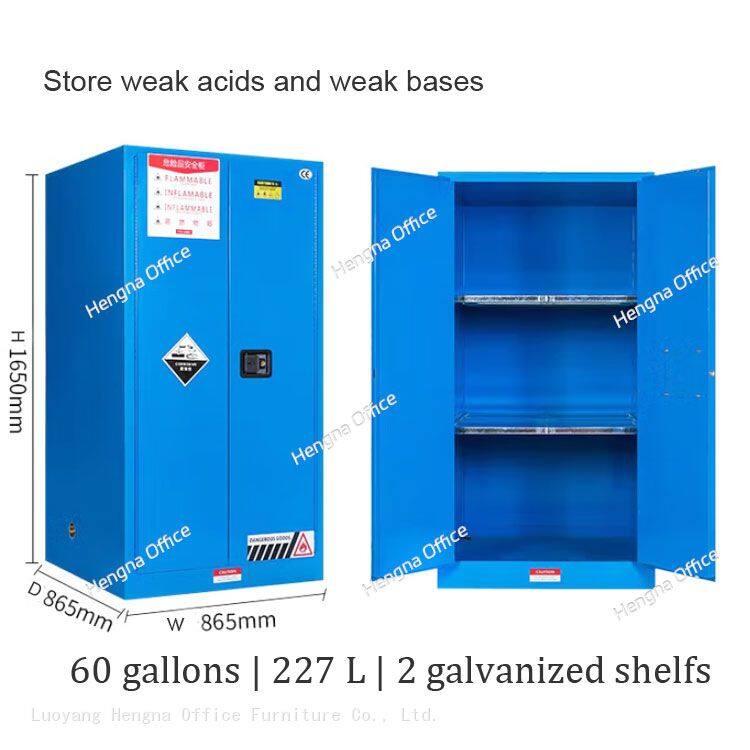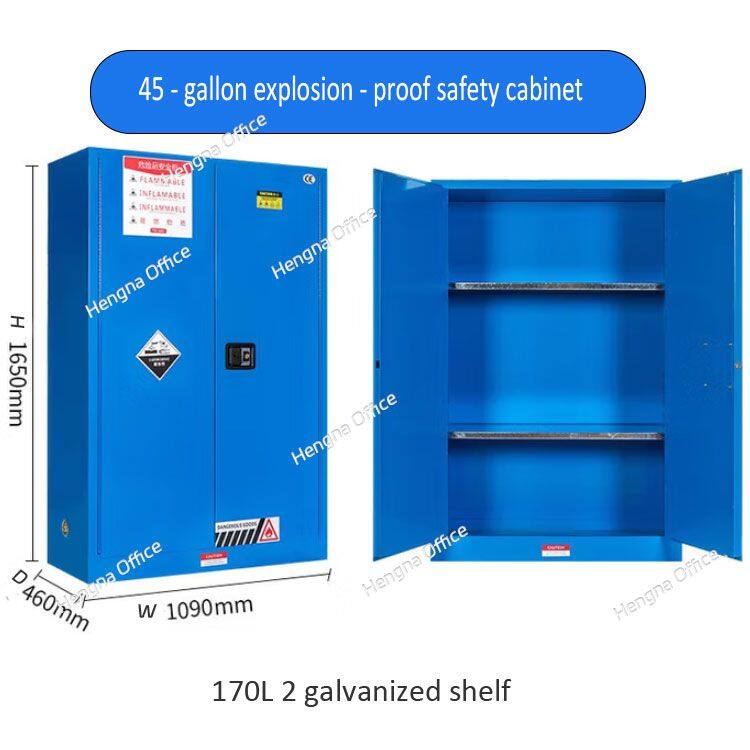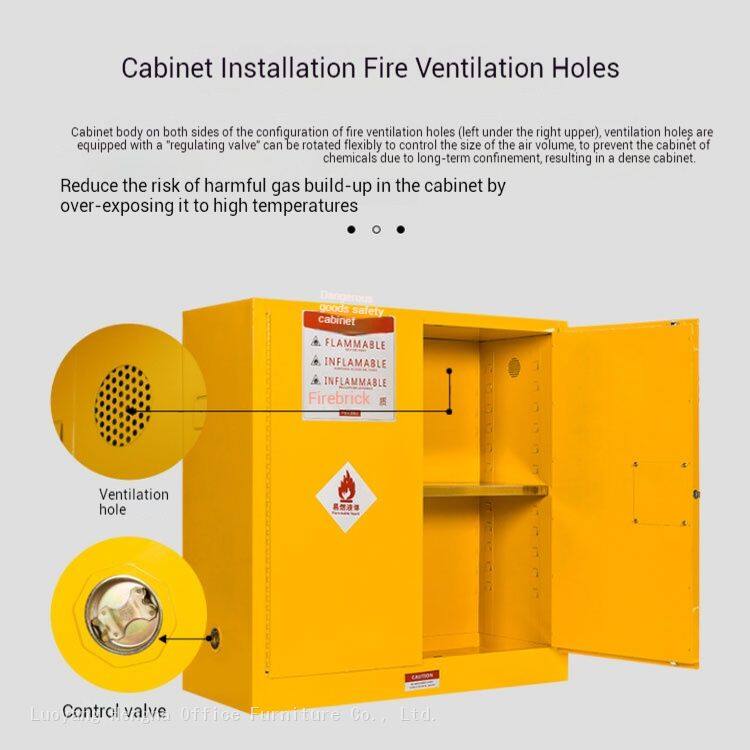-
 Sarah
Hi there! Welcome to my shop. Let me know if you have any questions.
Sarah
Hi there! Welcome to my shop. Let me know if you have any questions.
Your message has exceeded the limit.

Laboratory Safety Guide: How to Use Flammable Safety Cabinets Properly
2025-10-28 15:35:17
Laboratories handle numerous hazardous chemicals daily, making proper storage solutions essential for maintaining safe working environments. Understanding the correct usage of flammable safety cabinets protects personnel, equipment, and research integrity.
Laboratory-Specific Storage Challenges
Research laboratories face unique storage requirements due to diverse chemical inventories and space constraints. The adjustable shelving system in modern safety cabinets allows customization for various container sizes, from small vials to large bottles, maximizing storage efficiency while maintaining safety standards.
Color-Coded Storage System
Understanding Cabinet Classifications:
Yellow Cabinets: Flammable liquids (alcohol, acetone, ether)
Red Cabinets: Combustible liquids (oil-based substances)
Blue Cabinets: Corrosive materials (acids, bases)

This visual identification system helps prevent chemical mixing accidents and ensures proper segregation of incompatible substances.
Technical Features for Laboratory Use
Advanced Safety Components:
Precision Control Valves: For regulated ventilation
Adjustable Air Vents: Circular perforated design for optimal airflow
Sealed Door Bolts: Ensuring airtight closure
Leak-Proof Containment: Integrated spill collection system
Capacity Selection Guide
| Laboratory Size | Recommended Capacity | Typical Applications |
|---|---|---|
| Small Lab | 4-12 Gallon | Routine experiments, teaching labs |
| Medium Lab | 22-30 Gallon | Research facilities, testing labs |
| Large Lab | 45-90 Gallon | Industrial research, production labs |
Operational Safety Protocols
Daily Usage Guidelines:
Inventory Management: Maintain accurate chemical inventories
Access Control: Limit access to authorized personnel only
Spill Response: Keep spill kits readily available
Training: Regular safety training for all lab personnel
Documentation: Maintain usage and inspection logs

Emergency Preparedness
Essential Emergency Equipment:
Fire Extinguishers: Class B rated for flammable liquids
Eye Wash Stations: Immediate decontamination capability
Safety Showers: Full-body decontamination
Spill Kits: Chemical-specific absorption materials
Emergency Communication: Clear notification systems
By following these comprehensive guidelines, laboratories can create safe environments for handling flammable chemicals while maintaining research productivity and regulatory compliance.
Tags: Laboratory Safety Guide, Flammable Safety Cabinets, How to Use Flammable Safety Cabinets

